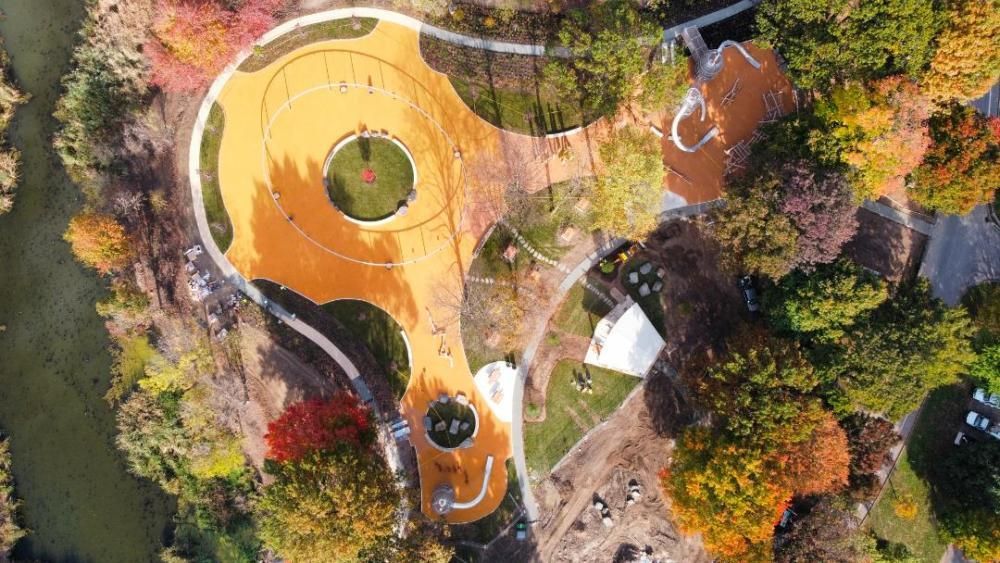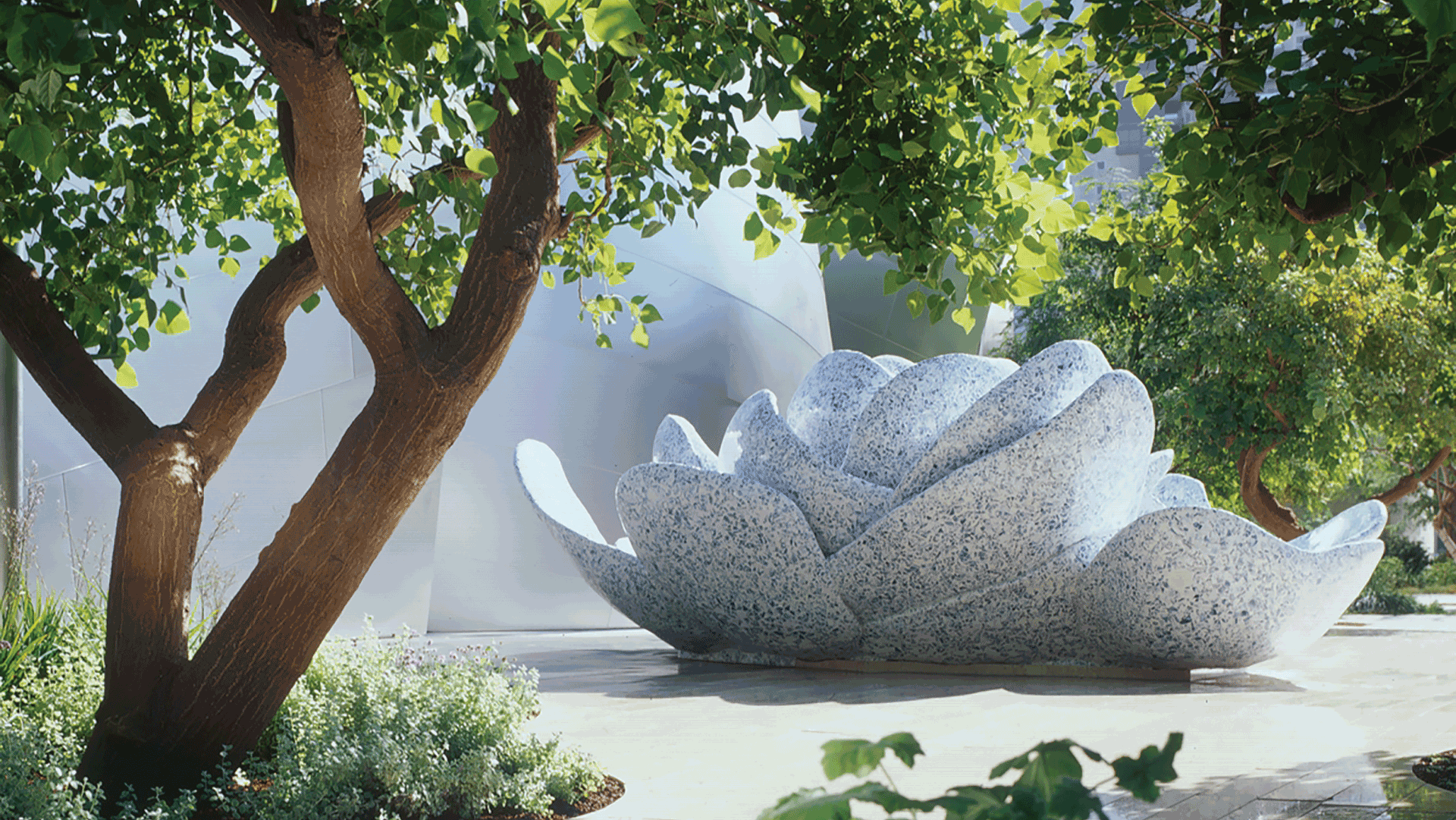Research-led findings on the impact on play in the USA
Study of the Influence of Design on Use and Physical Activity in 60 USA Playgrounds

In 2024, the non-profit Studio Ludo based in Philadelphia, USA published The National USA Study of the Influence of Design on Use and Physical Activity in 60 Playgrounds, in collaboration with Kaiser Permanente, the RAND Corporation, and others, supported by the NHLBI (National Heart, Lung, and Blood Institute).
The study examined how playground design impacts physical activity, user demographics, and community health, comparing 30 innovative playgrounds with 30 traditional “KFC” playgrounds (kit, fence and carpet – or post-and-platform structures) across 10 American cities: Boston, Chicago, Cincinnati, Denver, Houston, Los Angeles, Memphis, New York, San Francisco, and Seattle.
The findings, while drawn from US sites, are rich with lessons for UK designers, planners, and policy makers in 2025. Many echo what we’ve experienced first-hand at Davies White Ltd: that design matters, community involvement matters, and the right design can measurably improve health, inclusion, and connection.
From Groundwork to Davies White: Participation and Ownership
For more than a decade, Andrée and I worked at Groundwork, the UK environmental charity that transforms neglected and underused spaces into thriving community assets, often in areas of deprivation. That grounding shaped our approach at Davies White Ltd. We believe engagement is not tokenistic consultation; it’s a process of genuine co-creation. When people help design their spaces, they feel ownership. That’s how you ensure that once the ribbon is cut, the space is loved, respected, and well used. It’s also why the US study resonated. While the contexts differ, the core question is the same: what makes people want to return again and again?
What Makes a Playground “Innovative”?
In the National Study, an innovative playground had to meet at least three of these criteria:
• Multiple surface types.
• Naturalised, planted areas designed specifically for play.
• Open-ended structures promoting creative exploration.
• Loose, movable equipment.
• A design approach beyond standard post-and-platform structures.
Each innovative playground was paired with a traditional one in a similar area of deprivation to ensure meaningful comparison.
How the US Team Measured Impact
The research team used:
• SOPARC-G – recording demographics, activity levels, and exact locations within the playground.
• Play Loop – observing behaviour and interaction over time.
• Dwell Time – measuring how long people stayed.
• Intercept Surveys – capturing preferences, travel modes, and visit frequency.
This multi-layered approach created a robust picture of how design affects use — exactly the kind of evidence UK designers can adapt.
Key US Findings:
• 2.5× more users at innovative playgrounds.
• Nearly 3× more MVPA (moderate-to-vigorous physical activity).
• After controlling for size, deprivation, and location: 43% more visitors, 43% more MVPA.
• In areas of deprivation, innovative design reduced the activity gap by 60% in visitor numbers and 70% in MVPA.
If similar results hold here, upgrading a traditional playground to an innovative, inclusive design could yield transformative public health benefits in UK communities.
Inclusive and Accessible Play
The US data reinforces what UK guidance, such as Design for Play, has long said: playgrounds should welcome all ages and abilities. Inclusive play is not about making every element usable by every person, but ensuring most experiences can be accessed by most people, and that everyone feels they belong in the space. In our work, we design for families to play together — where a wheelchair user, a toddler, and a grandparent can each find something joyful, often side by side.
Not Just for Children
Almost half (49%) of US playground visitors were over 13. Adults were most active when playing with children, particularly on swings, climbers, spinners, and in water play. In the UK context, this mirrors what we’ve seen in our own projects: multi-generational spaces strengthen social bonds, encourage repeat visits, and build healthier communities.
The Power of Sensory Play
The National Study recognised all eight senses — including proprioception, vestibular, and interoception — and their role in human development.
Key features linked to higher use and longer stays included:
• Swings: +6% visitors, +8% stay time per swing.
• Climbers: +4% visitors, +6% stay time each.
• Spinners: +31% longer stays each.
• High-speed features: +18% more users per feature.
• Towers (>6ft): +17% more users each.
• Berms: +9% more users each.
• Water play: +80% more child activity.
Playful Planting & Biodiversity
The US research found mature trees doubled visitor numbers and extended stays by 19%. In the UK, we can take this further. Planting for play not only enhances play value but:
• Improves biodiversity, attracting pollinators and wildlife.
• Provides shade, cooling urban heat spots.
• Filters air pollutants.
It also helps counter nature-deficit disorder (a term from the Richard Louve book, Last Child in the Woods) the health and wellbeing costs of children’s reduced contact with nature and plant blindness, the tendency to overlook plants in our surroundings, diminishing our connection to the natural world. As The Nature Fix shows, even small doses of nature can improve mood, cognition, and resilience. Playful planting is a simple, powerful way to deliver those benefits daily.
Sustainability in Design
While the US study didn’t focus on sustainability, UK 2025 practice must. For us, sustainable play design means:
• Re-using and upcycling play equipment where possible.
• Sourcing local materials and commissioning local craftspeople to reduce carbon and support the local economy.
• Designing for durability, easy maintenance, and minimal environmental impact.
In our projects, these choices not only reduce the footprint but also make each space feel more of its place — rooted in local identity and craft.
Amenities and Access
In the US data:
• Restrooms (toilets): +44% users, +48% longer stays.
• Picnic tables: +9% users each.
• Secluded seating for breastfeeding and sensory breaks improved inclusion.
Most critically, location mattered most:
• Living within ½ mile = 5× more likely to visit weekly.
• Walking/cycling = 6× more likely to be a regular visitor.
• Every extra 10,000 residents within half a mile = +60% visitors, +47.7% MVPA.
With only 20% of US homes meeting that proximity, the lesson for UK planners is clear: site play spaces close to where people live.
Why This Matters for the UK
Reports like Everything to Play For from the Centre for Young Lives highlight the urgent need for high-quality play in UK communities, especially in areas of deprivation. The US evidence strengthens the case: innovative, inclusive, biodiverse, and sustainable designs can deliver measurable improvements in health, social connection, and environmental resilience.
Final Thought
Every swing, tree, climbing net, and planted border is an opportunity, not just for play, but for better health, stronger communities, and a deeper connection to nature. The National Study of Playgrounds shows what’s possible. Our role in the UK is to take that evidence, add our own expertise in inclusion, playful planting, and sustainability, and create spaces that don’t just meet the moment, but shape a better future for the next generation.





